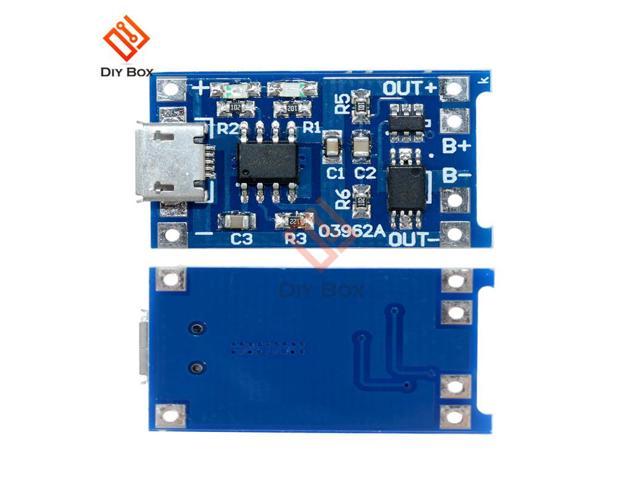Maize is one of the most important and widely grown cereal crops in the world and is a staple food for almost a billion people, particularly in the developing world. It has been estimated that maize yields need to increase by 60% by 2050. There is an urgent need to increase yields in the face of such challenges as climate change, threats from pests and diseases and the need to make cultivation more resource-efficient and sustainable.
Drawing on an international range of expertise, this collection focuses on ways of improving the cultivation of maize at each step in the value chain, from breeding to post-harvest storage. Volume 2 reviews research on improvements in cultivation techniques such as nutrient management, crop rotation, intercropping and other aspects of conservation agriculture. It also discusses developments in methods for combatting pests and diseases.
Achieving sustainable cultivation of maize Volume 2: Cultivation techniques, pest and disease control will be a standard reference for cereal scientists in universities, government and other research centres and companies involved in maize cultivation. It is accompanied by Volume 1 which reviews developments in breeding and ways research can be translated into effective outcomes for smallholders in the developing world.

Categories:
Office Stationary, Stapler
325 CAD
Buy Now













